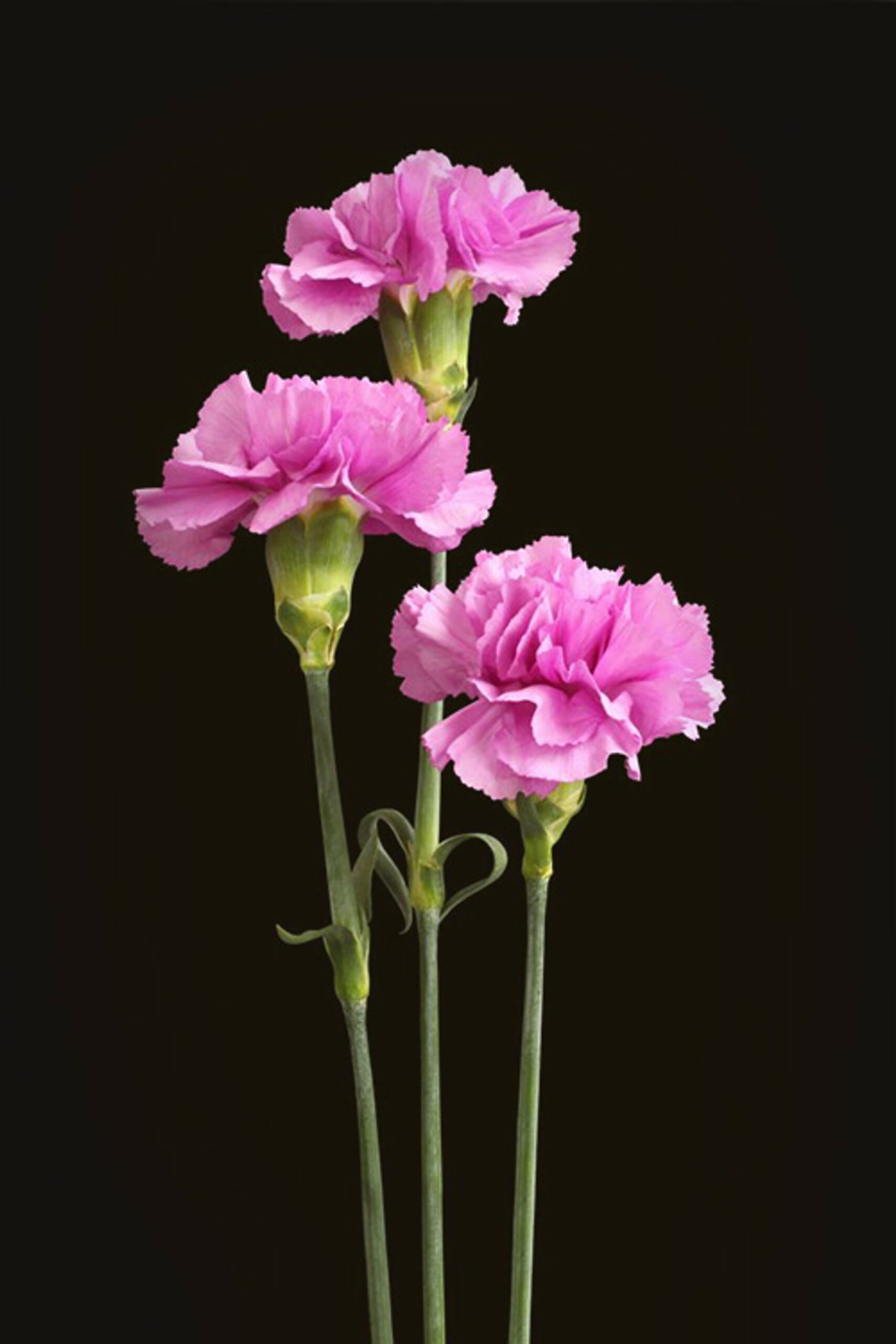Carnation: A Gardener’s Delight
The carnation, a beloved flower with a rich history, is a popular choice among gardeners worldwide. Known for its vibrant colors, sweet fragrance, and long-lasting blooms, the carnation adds a touch of elegance to any garden. In this article, we will delve into the world of carnations, exploring their various types, planting techniques, care requirements, and common pests and diseases.
Types of Carnations
Carnations come in a wide range of varieties, each with its own unique characteristics. Some of the most popular types include:
Standard Carnations: These are the classic carnations with long stems and large, fragrant blooms.
Planting Carnations
Carnations thrive in well-drained soil and full sun. When planting, ensure that the soil is moist but not waterlogged. It is recommended to plant carnations in the spring or fall, as extreme temperatures can harm the young plants.
Caring for Carnations
To keep your carnations healthy and blooming, follow these care tips:
Watering: Water your carnations regularly, especially during dry periods. However, avoid overwatering, as this can lead to root rot.
Common Pests and Diseases
Carnations can be susceptible to various pests and diseases, including:
Aphids: These small insects can damage plant tissue and transmit diseases.
To prevent and control these problems, practice good garden hygiene, remove infected plant material, and consider using organic or chemical pesticides as needed.
Conclusion
Carnations are beautiful and versatile flowers that can add color and fragrance to any garden. By understanding their specific needs and taking proper care, you can enjoy these lovely blooms for many years to come.

